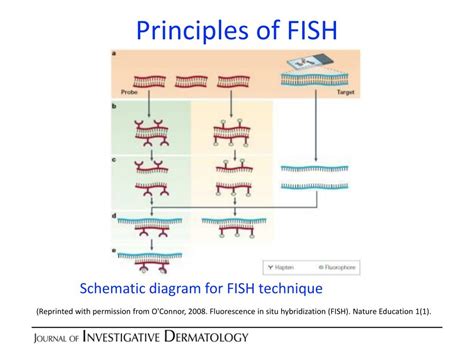fish technique|Fluorescence In Situ Hybridization (FISH) : Pilipinas Fluorescence in situ hybridization (FISH) is a molecular cytogenetic technique that uses fluorescent probes that bind to only particular parts of a nucleic acid sequence with a high . Prayer for myself recovery , 🙏🏻 Lord God araw araw akong mananalangin sayo, dahil ikaw at ikaw lang ang makakapag pagaling sakin na meronq karamdamn, alam ko maraming nag dadasal a t humingi ng tulong sa inyo ngayon lalo pat nasa gitna kami ng krisis na ito.. sana kami ay iyonq pakinggan at panatalihing matatag ang loob at .

fish technique,
Fluorescence in situ hybridization (FISH) is a technique pathologists use in genetic testing to help diagnose diseases caused by chromosomal differences. Healthcare providers .
Fluorescence in situ hybridization (FISH) is a molecular cytogenetic technique that uses fluorescent probes that bind to only particular parts of a nucleic acid sequence with a high .

Fluorescence in situ hybridization (FISH) is the most convincing technique for locating the specific DNA sequences, diagnosis of genetic diseases, gene mapping, and identification of novel .
Fluorescence In Situ Hybridization (FISH) Fluorescence in situ hybridization (FISH) is the most convincing technique for locating the specific DNA sequences, diagnosis of genetic diseases, gene mapping, and identification of novel .

Today, most in situ hybridization procedures use fluorescent probes to detect DNA sequences, and the process is commonly referred to as FISH (fluorescence in situ hybridization). A variety . Fluorescence In Situ Hybridization (FISH) is a molecular biology technique that uses fluorescently labeled DNA or RNA probes to locate and visualize specific genetic . Fluorescence in situ hybridization (FISH) is a molecular cytogenetic technique that allows the localization of a specific DNA sequence or an entire chromosome in a cell. FISH is a ‘molecular cytogenetic technique‘ in which using molecular probes, any type of chromosomal abnormalities can be encountered precisely by hybridization. The .
Fluorescent in situ hybridisation (FISH) is a technique that uses DNA probes (small molecules of DNA that are designed to hybridise with a particular section of the genome) to detect specific .
fish technique|Fluorescence In Situ Hybridization (FISH)
PH0 · Fluorescent in situ hybridisation (FISH) — Knowledge Hub
PH1 · Fluorescence in situ hybridization
PH2 · Fluorescence In Situ Hybridization (FISH) and Its Applications
PH3 · Fluorescence In Situ Hybridization (FISH)
PH4 · Fish Biology Technique: Methods and Applications
PH5 · FISH Test: What It Is, How It Works & Results
PH6 · FISH (Fluorescence In Situ Hybridization)
PH7 · FISH
PH8 · A Brief Introduction to (FISH) Fluorescence In Situ Hybridization